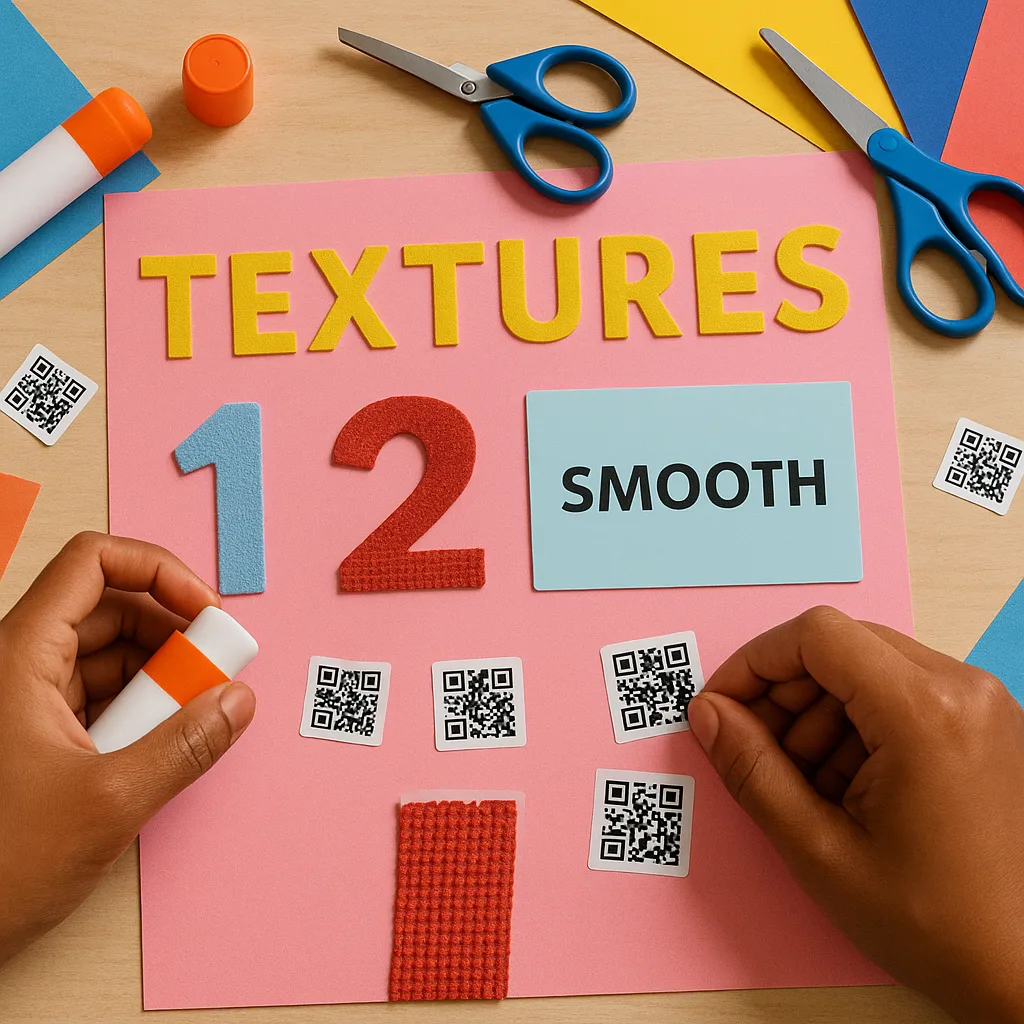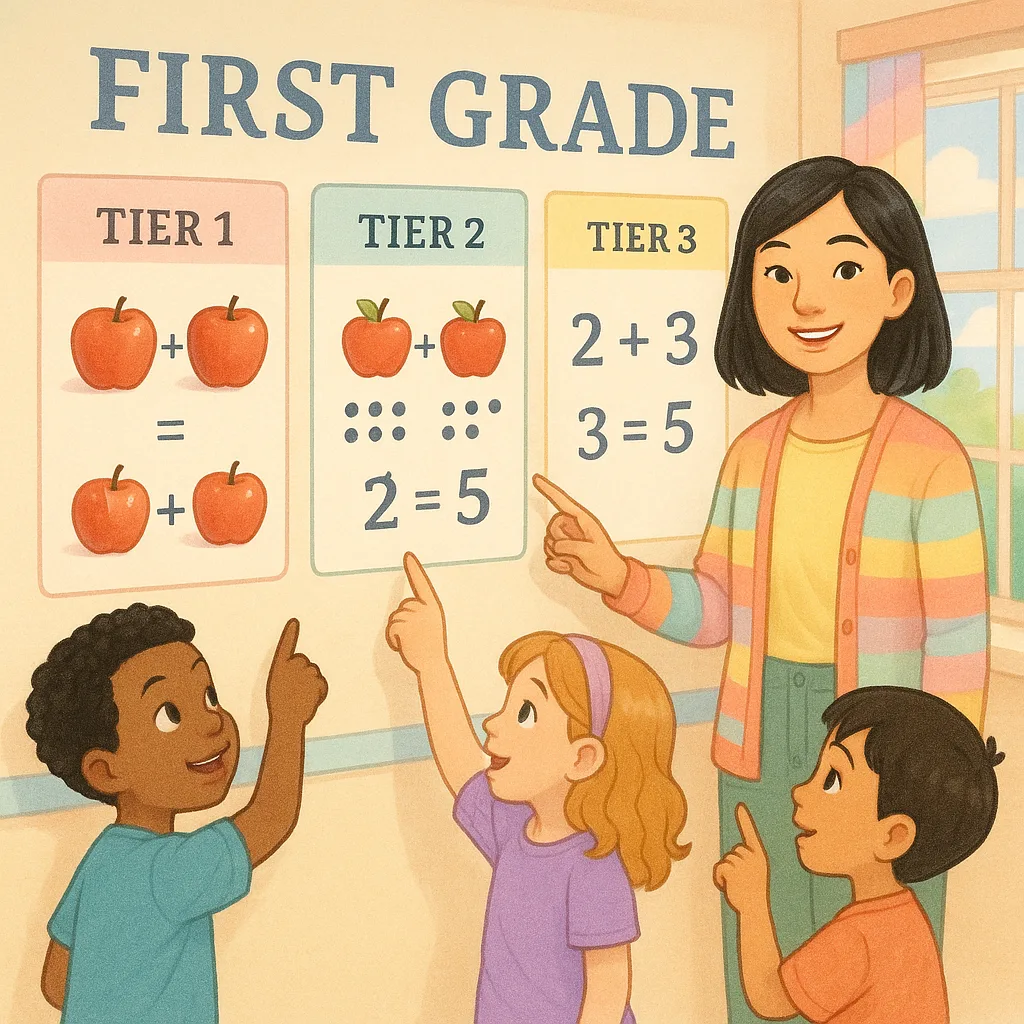Poster Makers for Diverse Learning Success
Let me share something that happened last week. During our morning reading circle, I noticed Emma struggling with sight words while Jackson was already reading sentences fluently. Meanwhile, Luis, my English language learner, needed visual cues for basic vocabulary. That’s when I realized my one-size-fits-all approach wasn’t cutting it anymore.

Creating Tiered Instruction Visuals with Poster Makers for Differentiated Instruction
Last month, I tackled addition facts using tiered posters. Instead of one poster showing 2+2=4, I created three levels using our Amplify Poster Maker. The beauty of having the best printer for posters right in our resource room means I can whip up differentiated materials in minutes!
Tier 1: Concrete
Pictures of actual objectsBasic Visual Support
Shows 2 apples + 2 apples with real photos. Students can touch, count, and connect to real-world objects they know.Tier 2: Semi-Abstract
Drawings and symbolsBridge to Symbols
Features simple drawings and dot arrays. Students see the connection between concrete objects and mathematical representations.Tier 3: Abstract
Numbers and symbols onlyNumber Sentences
Displays traditional number sentences. Students work with pure mathematical symbols, ready for independent practice.Real Templates You Can Use Tomorrow
Theory is great, but let me share actual templates that have worked wonders in my classroom!
Three reading paths on one poster with color-coded difficulty levels
Visual, numerical, and word problem approaches side by side
Picture prompts, sentence starters, and paragraph templates
Visual cues for different emotional regulation strategies
Budget-Friendly Tips for Getting Started
I get it—budgets are tight! Here’s how our school made it work:
1. Start with a needs assessment: Survey teachers about their most-needed visual supports. We discovered 80% of us needed the same core materials!
2. Pool resources: Our grade-level team shares one poster maker. We created a simple Google calendar for scheduling.
3. Consider the savings: We calculated that printing 20 posters monthly in-house saves us over $200 compared to ordering online. Check out the detailed cost breakdown that convinced our principal!
4. Explore funding options: We used Title I funds since differentiated materials directly support our at-risk students. The funding guide helped us write a winning proposal.
Have questions about getting started with differentiated visual supports? I’d love to hear about your classroom challenges and successes! Drop by my blog at teachingwithsarah.com or find me on Instagram @MissNguyensClassroom. Together, we can make learning accessible for every student! 🌈📚

